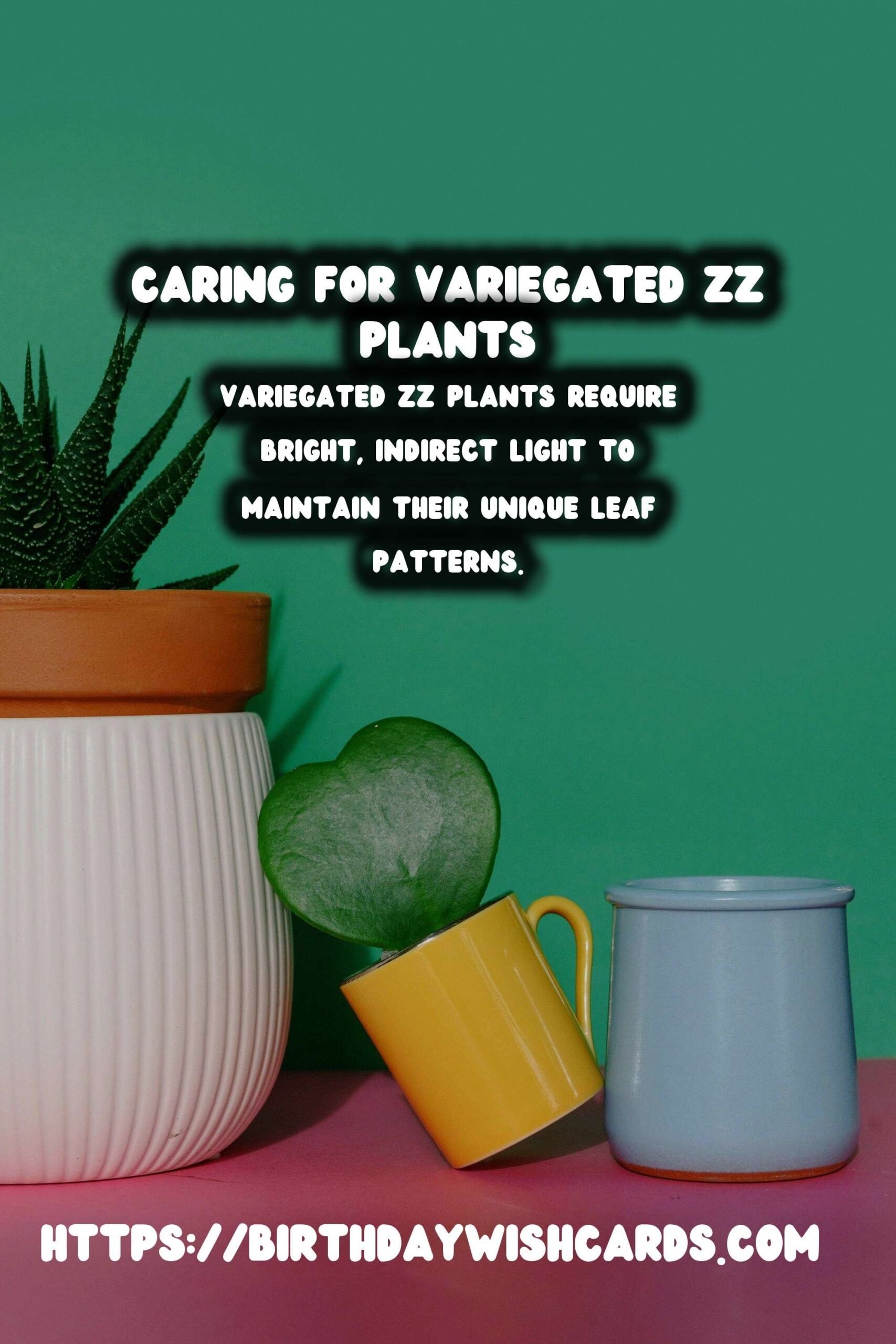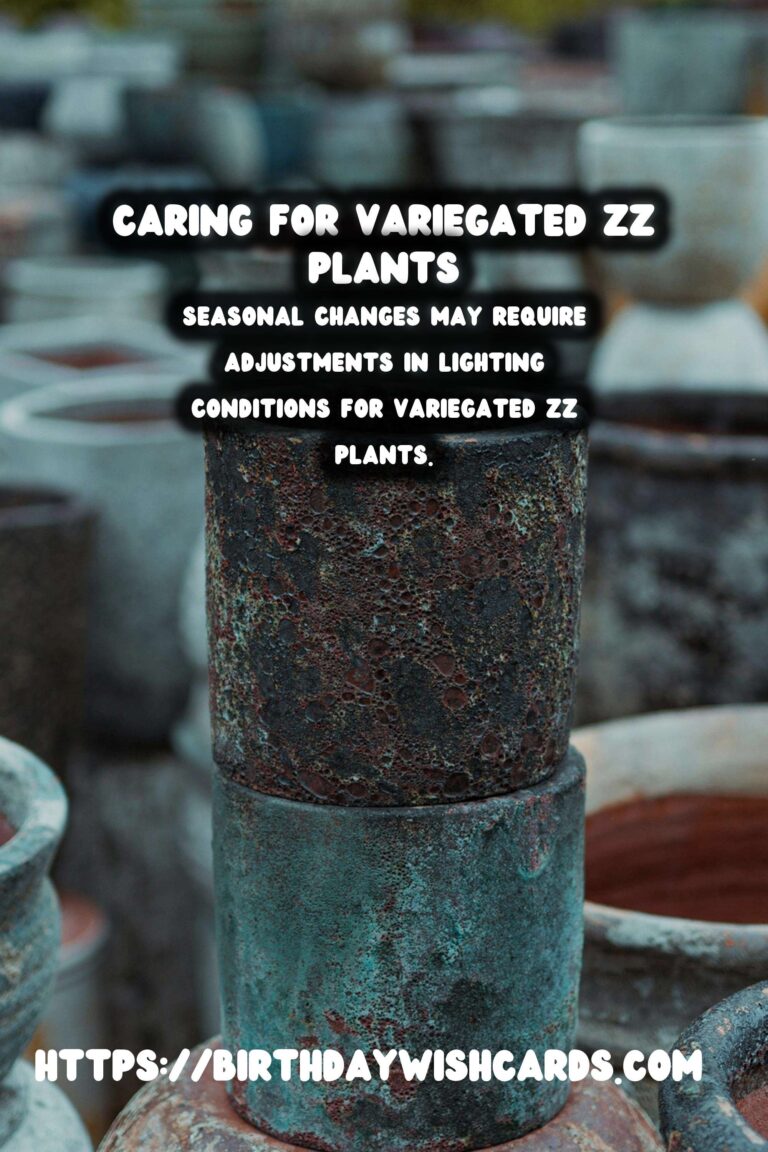
The ZZ plant, known scientifically as Zamioculcas zamiifolia, is a popular choice among plant enthusiasts due to its low maintenance requirements and striking appearance. One of the most sought-after varieties is the variegated ZZ plant, which features beautiful patterns on its leaves. However, to maintain and enhance this variegation, it’s crucial to provide the right light conditions.
Understanding ZZ Plants
Before delving into the specifics of light requirements, let’s briefly explore what makes ZZ plants unique. These tropical perennials are native to Eastern Africa and are renowned for their hardy nature. They can tolerate low light, neglect, and infrequent watering, making them ideal for busy individuals or novice plant owners.
The Importance of Variegation
Variegation refers to the appearance of differently colored zones on the leaves, often resulting in a marbled or patterned effect. This is caused by a lack of chlorophyll in certain areas, which can create stunning visual contrasts. For plant collectors, maintaining variegation is crucial as it adds value and beauty to their collections.
Light Requirements for Variegated ZZ Plants
While standard ZZ plants thrive in low-light conditions, variegated varieties require more specific lighting to maintain their unique patterns. Here are some key considerations:
1. Bright, Indirect Light
Variegated ZZ plants perform best in bright, indirect light. Direct sunlight can scorch the leaves, while too little light may cause the variegation to fade. Placing the plant near a window with filtered light or using sheer curtains can help achieve the right balance.
2. Avoid Direct Sunlight
Direct sunlight can be detrimental to variegated ZZ plants, causing leaf burn and loss of variegation. If your plant is exposed to direct sunlight, consider moving it to a location with more diffused light.
3. Adjusting to Seasonal Changes
As seasons change, the intensity and duration of natural light will vary. In winter, when daylight is limited, you may need to supplement with artificial lighting to maintain optimal conditions. LED grow lights can be an excellent option for providing consistent light without producing excessive heat.
Other Care Tips for Variegated ZZ Plants
Besides light, several other factors contribute to the health and vibrancy of variegated ZZ plants:
1. Watering
Overwatering is a common mistake with ZZ plants. Ensure the soil dries out completely between waterings to prevent root rot. Variegated varieties may require slightly more frequent watering compared to their non-variegated counterparts, due to their increased light needs.
2. Soil and Potting
Use a well-draining soil mix and a pot with drainage holes to prevent waterlogging. A mix of potting soil, perlite, and sand can provide the right conditions for your ZZ plant.
3. Temperature and Humidity
Variegated ZZ plants prefer temperatures between 65-75°F (18-24°C) and moderate humidity. Avoid placing them near drafts or heating vents.
Conclusion
Caring for variegated ZZ plants requires attention to their specific light needs to maintain their beautiful patterns. By providing bright, indirect light and adjusting to seasonal changes, you can ensure your plant remains healthy and vibrant. With the right conditions, your variegated ZZ plant will be a stunning addition to your indoor garden.
ZZ plants are known for their low maintenance requirements and striking appearance. Variegated ZZ plants require bright, indirect light to maintain their unique leaf patterns. Direct sunlight can cause leaf burn and loss of variegation in ZZ plants. Seasonal changes may require adjustments in lighting conditions for variegated ZZ plants. Proper watering, soil, and temperature conditions are crucial for the health of variegated ZZ plants.
#ZZPlants #VariegatedPlants #IndoorGardening #PlantCare #Houseplants

